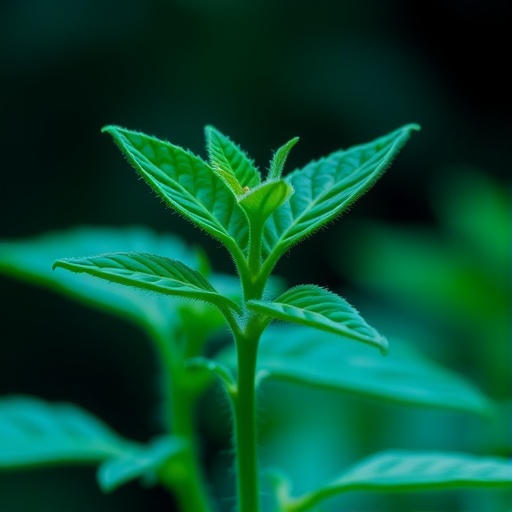With the legalization of medical and recreational marijuana spreading across the country, the drug's use is reportedly increasing among pregnant women. It stands to reason that many of these women will continue to use marijuana after they give birth. Now researchers have developed a new method to help determine what this means for infants' potential exposure to the active compounds in marijuana in breast milk. Their report appears in the journal ACS Omega.
Cannabinoids, marijuana's active compounds such as tetrahydrocannabinol (THC) and cannabinol, like to stick to fat, which is abundant in breast milk. This stickiness suggests that in women who use marijuana, these compounds can end up in breast milk, raising concerns about their potential effects on nursing babies. But the health risks to these infants largely remain undetermined. This is partly due to researchers' limited ability to precisely measure marijuana's active compounds in milk. Current analytical methods can detect THC at levels of 1.5 nanograms per milliliter or higher, but no current method can measure cannabinol or cannabidiol in milk.
Researchers at the Centers for Disease Control and Prevention developed a method that begins with saponification — a process often associated with soap-making — to separate cannabinoids from fat in milk. With this approach, the team can detect trace levels (picograms per milliliter) of active marijuana compounds, including cannabinol and cannabidiol, that they say could be present in milk due to second-hand exposure. The test is 100 times better at detecting THC in milk than previous techniques. The researchers say that their approach could contribute to future studies designed to determine potential health risks of a mother's marijuana exposure to her breastfeeding infant.
###
The authors acknowledge funding from the U.S. Centers for Disease Control and Prevention.
The study is freely available here.
The American Chemical Society is a nonprofit organization chartered by the U.S. Congress. With nearly 157,000 members, ACS is the world's largest scientific society and a global leader in providing access to chemistry-related research through its multiple databases, peer-reviewed journals and scientific conferences. The American Chemical Society does not conduct research, but publishes and publicizes peer-reviewed scientific studies. Its main offices are in Washington, D.C., and Columbus, Ohio.
To automatically receive news releases from the American Chemical Society, contact [email protected].
Follow us: Twitter | Facebook
Media Contact
Katie Cottingham
[email protected]
301-775-8455
@ACSpressroom
http://www.acs.org
############
Story Source: Materials provided by Scienmag




